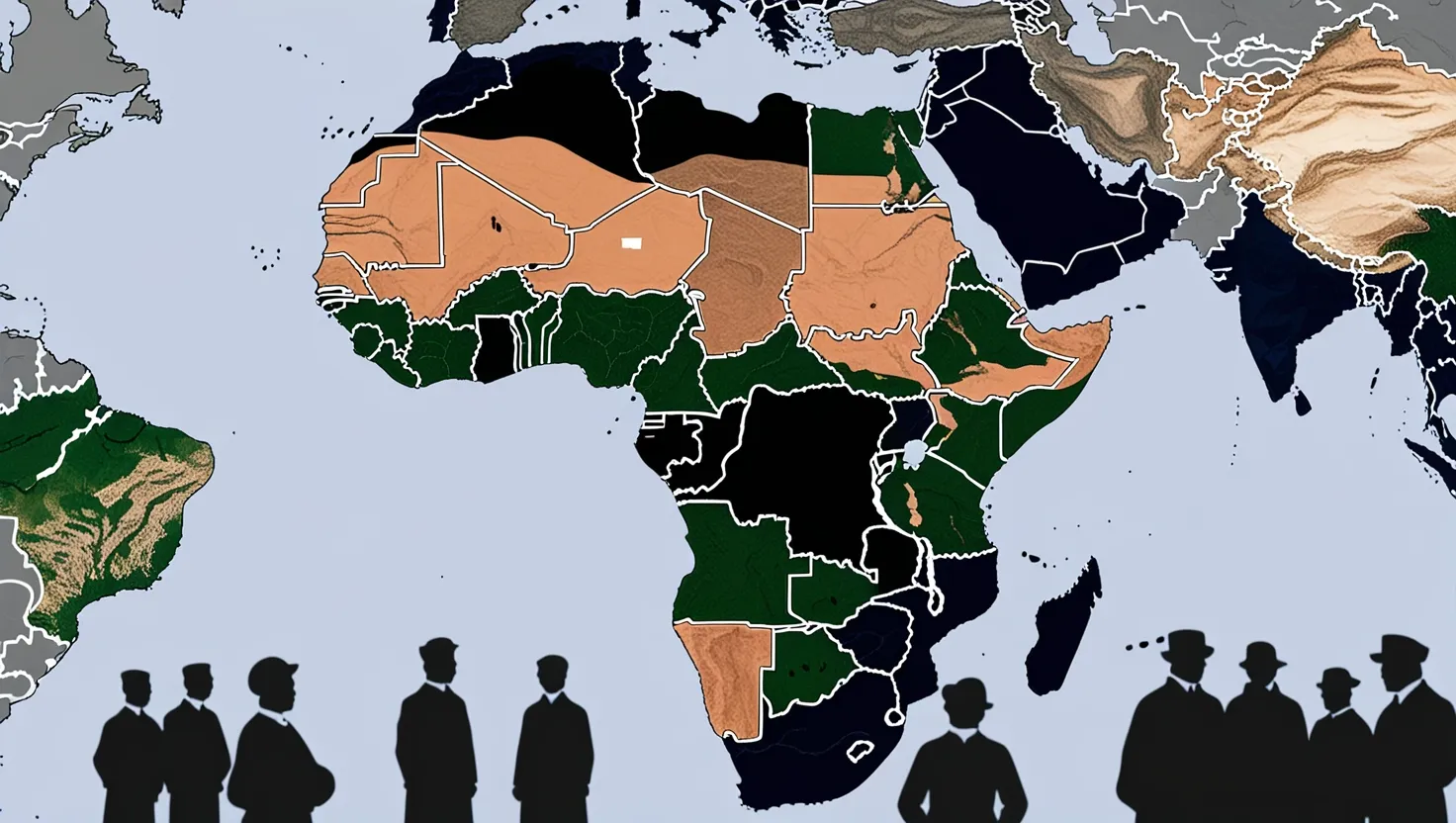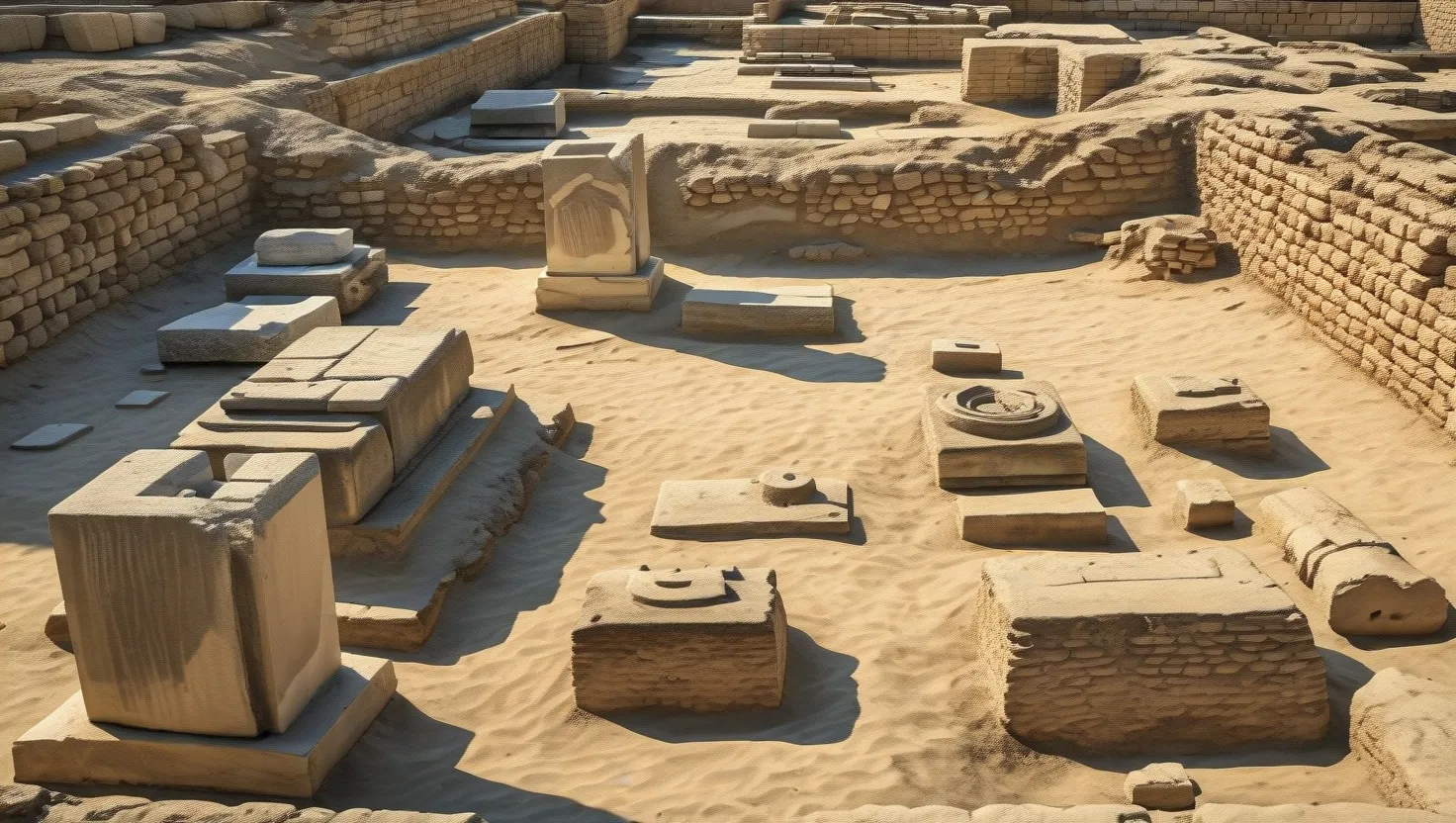Forgotten Female Pioneers: How Women Shaped Scientific Discovery Without Recognition
Discover the overlooked women who shaped scientific history. From Hypatia to Katherine Johnson, explore how these pioneers made groundbreaking contributions despite barriers. Learn why recognition took so long and what it means for science today.

The Marshall Plan to EU: 5 Economic Decisions That Transformed Post-War Europe
Discover how 5 key economic decisions transformed post-war Europe from ruins to prosperity. Learn about the Marshall Plan, Bretton Woods, and other strategic choices that built today's European economic landscape. #EconomicHistory

5 Lost Ancient Technologies That Still Baffle Modern Scientists Today
Discover 5 lost ancient technologies that were centuries ahead of their time. From self-healing Roman concrete to astronomical computers, see how innovation isn't always linear. Learn what history can teach us about progress.

5 Revolutionary Anti-Colonial Movements That Changed World History
Discover how five pivotal colonial resistance movements reshaped global politics. Learn how ordinary people in America, Haiti, India, Vietnam and Kenya fought for freedom and changed history. #Decolonization #Freedom

5 Medieval Innovations That Shaped Our Modern World: Beyond the Dark Ages
Discover how medieval innovations like mechanical clocks and printing presses shaped our modern world. Beyond the Dark Ages myth, explore how these ingenious inventions continue to influence daily life. Learn the true legacy of medieval ingenuity.

Colonial Legacy: How Past Imperialism Shapes Modern Nations and Global Politics
Discover how colonial decisions continue to shape modern nations' borders, economies, and societies. Explore the lasting impacts of historical policies and how understanding this legacy can inform solutions to today's global challenges.

5 Naval Battles That Changed World History: From Ancient Greece to Civil War
Learn how five historic naval battles transformed warfare and shaped world history. From ancient triremes to ironclad warships, discover key strategies and innovations that changed maritime combat forever. Read now to explore these defining moments.

5 Historic Financial Crises That Changed Global Banking Forever (1637-2008)
Discover how 5 major financial crises shaped modern economics, from the 1637 Tulip Mania to the 2008 Global Financial Crisis. Learn key reforms, policy changes, and lasting impacts that transformed banking and regulation.

5 Medical Breakthroughs That Forever Changed Healthcare: From Vaccines to DNA Discovery
Discover five revolutionary medical breakthroughs that transformed healthcare. From vaccines to DNA, explore how these discoveries shaped modern medicine and continue to save lives. Learn more.

5 Diplomatic Blunders That Changed History: From Vienna to Tehran
Explore 5 major diplomatic blunders that shaped world history. Learn how well-intentioned decisions led to unforeseen consequences and global conflicts. Gain insights for future diplomacy.

Unearthing History: 5 Archaeological Discoveries That Reshaped Our Past
Uncover the secrets of ancient civilizations through groundbreaking archaeological discoveries. Explore how the Rosetta Stone, Terracotta Army, and more reshape our understanding of history. Dive in now!

5 Pivotal Moments That Shaped the American Civil Rights Movement
Explore pivotal moments of the Civil Rights Movement: Montgomery Bus Boycott, Little Rock Nine, Greensboro sit-ins, March on Washington, and Selma marches. Discover their lasting impact on equality.

5 Groundbreaking Inventions from World War I That Changed Modern Life
Discover World War I's hidden technological breakthroughs. From wireless communication to blood banks, explore how wartime innovations shaped modern society. Learn about the lasting impact of these advancements.
